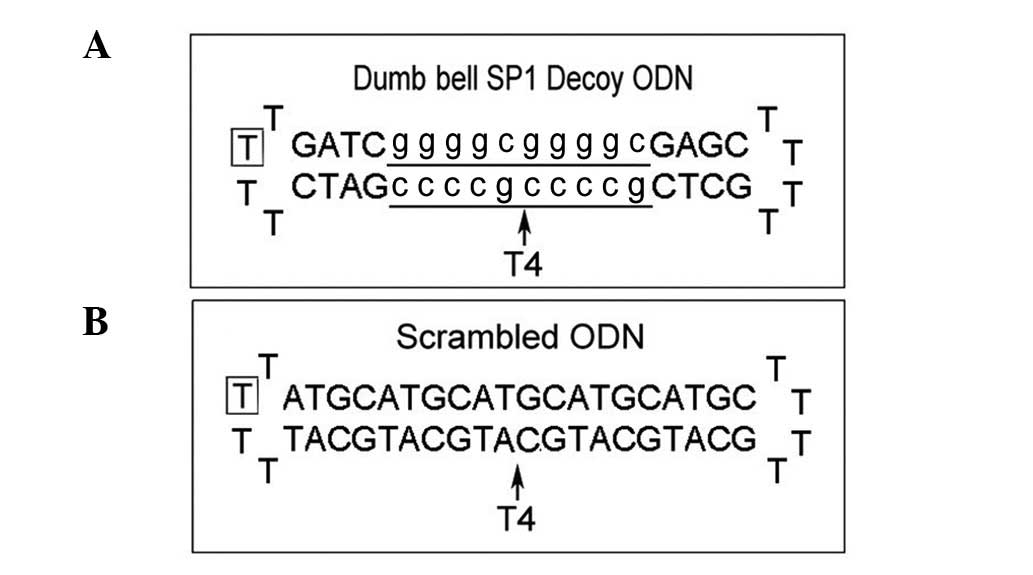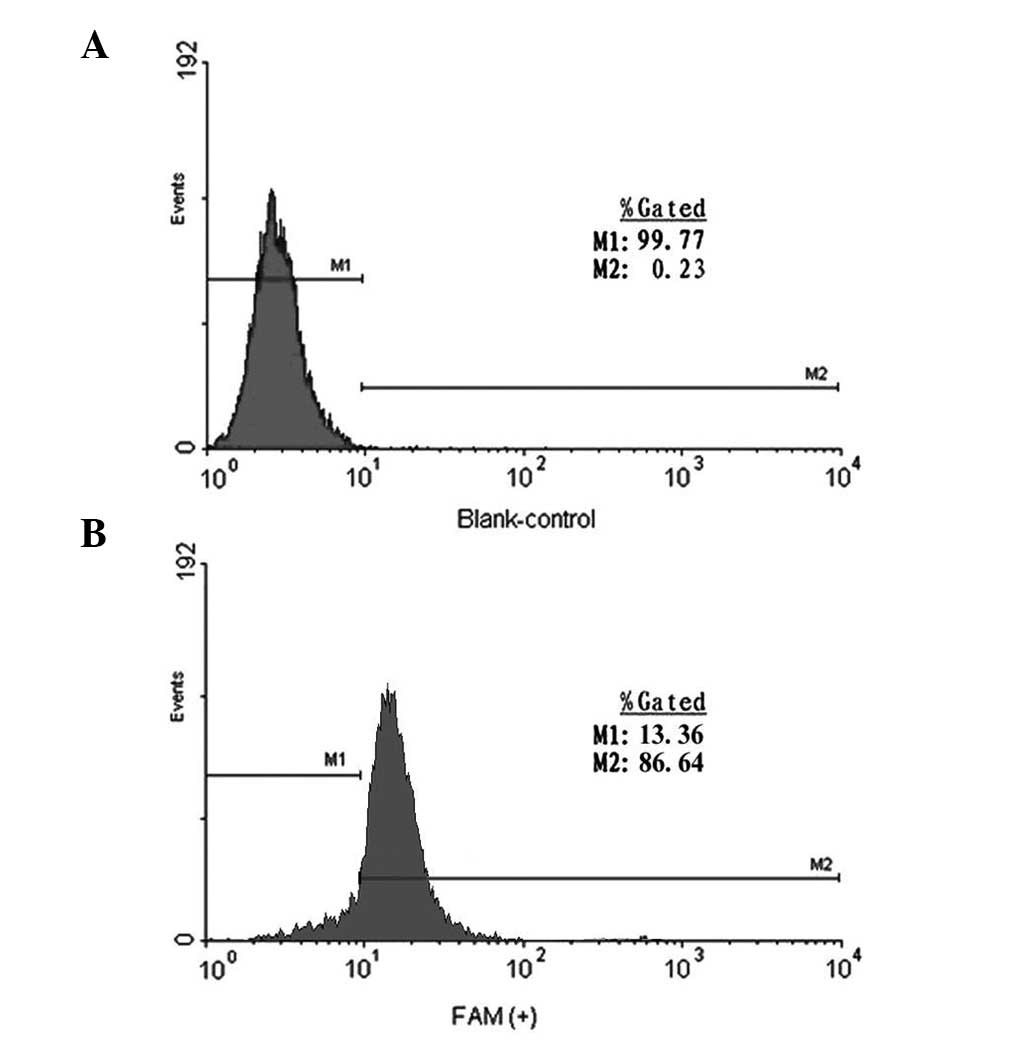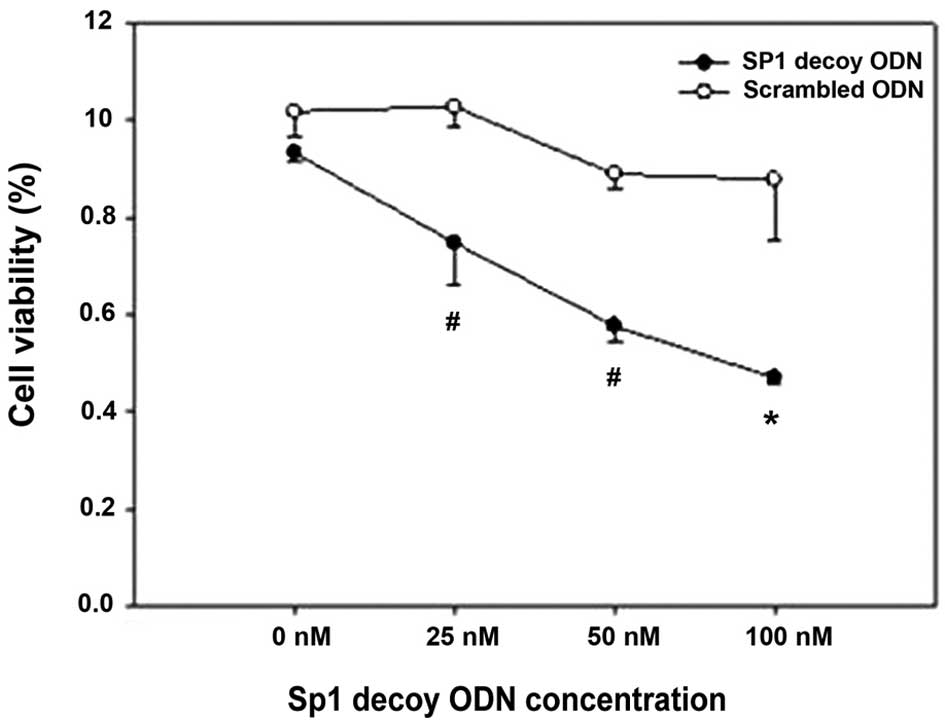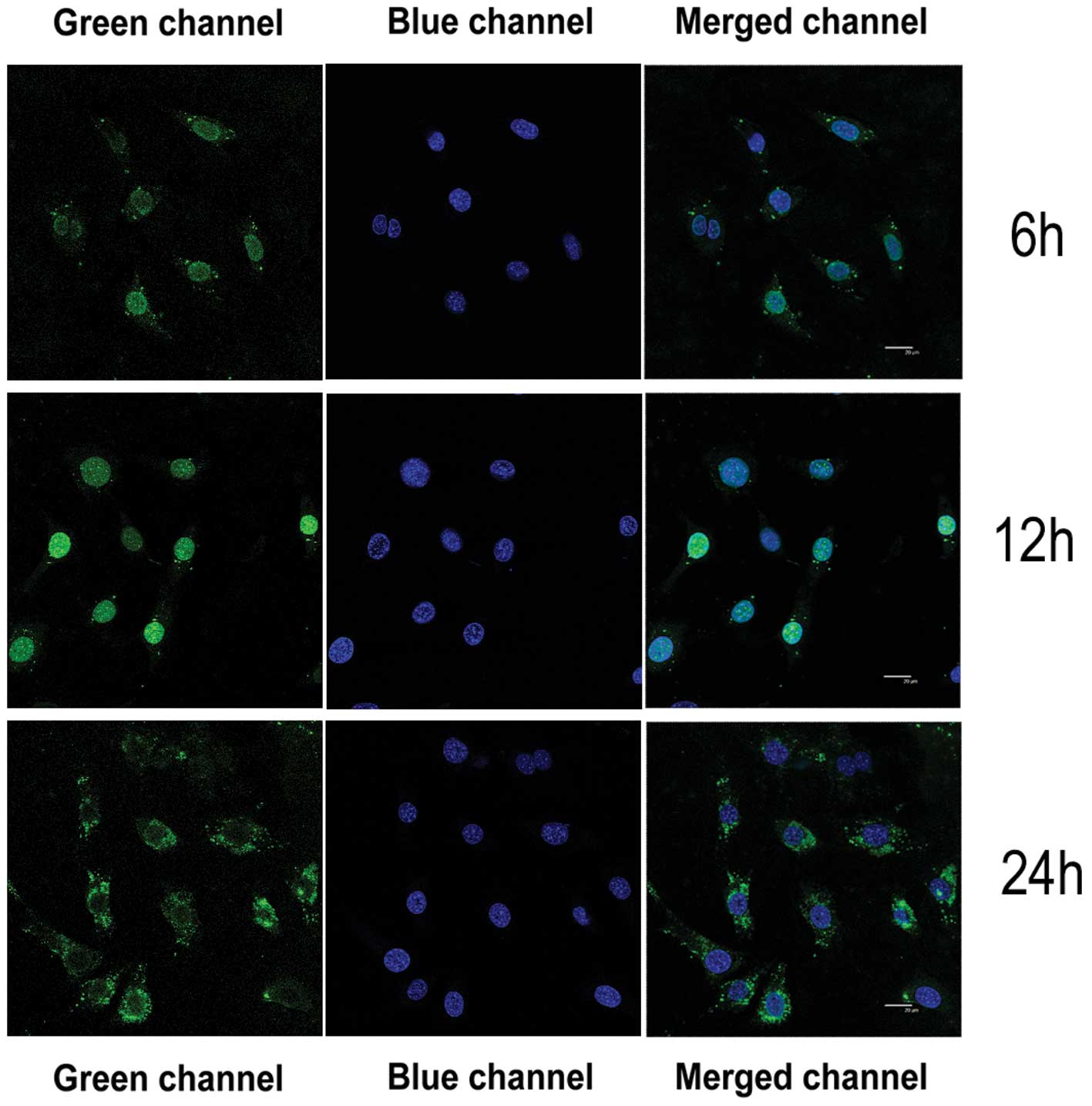|
1
|
Wang R, Ghahary A, Shen Q, Scott PG, Roy K
and Tredget EE: Hypertrophic scar tissues and fibroblasts produce
more transforming growth factor-beta1 mRNA and protein than normal
skin and cells. Wound Repair Regen. 8:128–137. 2000. View Article : Google Scholar : PubMed/NCBI
|
|
2
|
Jagadeesan J and Bayat A: Transforming
growth factor beta (TGFbeta) and keloid disease. Int J Surg.
5:278–285. 2007. View Article : Google Scholar : PubMed/NCBI
|
|
3
|
Chin GS, Liu W, Peled Z, et al:
Differential expression of transforming growth factor-beta
receptors I and II and activation of Smad 3 in keloid fibroblasts.
Plast Reconstr Surg. 108:423–429. 2001. View Article : Google Scholar : PubMed/NCBI
|
|
4
|
Chen SJ, Artlett CM, Jimenez SA and Varga
J: Modulation of human alpha1(I) procollagen gene activity by
interaction with Sp1 and Sp3 transcription factors in vitro. Gene.
215:101–110. 1998. View Article : Google Scholar : PubMed/NCBI
|
|
5
|
Boros DL, Singh KP, Gerard HC, Hudson AP,
White SL and Cutroneo KR: A novel nonsteroidal antifibrotic oligo
decoy containing the TGF-beta element found in the COL1A1 gene
which regulates murine schistosomiasis liver fibrosis. J Cell
Physiol. 204:370–374. 2005. View Article : Google Scholar
|
|
6
|
Chen SJ, Yuan W, Lo S, Trojanowska M and
Varga J: Interaction of smad3 with a proximal smad-binding element
of the human alpha2(I) procollagen gene promoter required for
transcriptional activation by TGF-beta. J Cell Physiol.
183:381–392. 2000. View Article : Google Scholar : PubMed/NCBI
|
|
7
|
Naim R, Naumann A, Barnes J, et al:
Transforming growth factor-beta1-antisense modulates the expression
of hepatocyte growth factor/scatter factor in keloid fibroblast
cell culture. Aesthetic Plast Surg. 32:346–352. 2008. View Article : Google Scholar : PubMed/NCBI
|
|
8
|
Meisler NT, Chiu JF and Cutroneo KR:
Promoter competitors as novel antifibrotics that inhibit
transforming growth factor-beta induction of collagen and
noncollagen protein synthesis in fibroblasts. J Cell Biochem.
75:196–205. 1999. View Article : Google Scholar : PubMed/NCBI
|
|
9
|
Bowley E, O’Gorman DB and Gan BS:
Beta-catenin signaling in fibroproliferative disease. J Surg Res.
138:141–150. 2007. View Article : Google Scholar : PubMed/NCBI
|
|
10
|
Smith RA, Miller TM, Yamanaka K, et al:
Antisense oligonucleotide therapy for neurodegenerative disease. J
Clin Invest. 116:2290–2296. 2006. View
Article : Google Scholar : PubMed/NCBI
|
|
11
|
Lindow M and Kauppinen S: Discovering the
first microRNA-targeted drug. J Cell Biol. 199:407–412.
2012.PubMed/NCBI
|
|
12
|
Sato M: Upregulation of the
Wnt/beta-catenin pathway induced by transforming growth factor-beta
in hypertrophic scars and keloids. Acta Derm Venereol. 86:300–307.
2006. View Article : Google Scholar : PubMed/NCBI
|
|
13
|
Takamizawa J, Konishi H, Yanagisawa K, et
al: Reduced expression of the let-7 microRNAs in human lung cancers
in association with shortened postoperative survival. Cancer Res.
64:3753–3756. 2004. View Article : Google Scholar : PubMed/NCBI
|
|
14
|
Calin GA, Dumitru CD, Shimizu M, et al:
Frequent deletions and down-regulation of micro- RNA genes miR15
and miR16 at 13q14 in chronic lymphocytic leukemia. Proc Natl Acad
Sci USA. 99:15524–15529. 2002. View Article : Google Scholar : PubMed/NCBI
|
|
15
|
Ahn JD, Kim CH, Magae J, et al: E2F decoy
oligodeoxynucleotides effectively inhibit growth of human tumor
cells. Biochem Biophys Res Commun. 310:1048–1053. 2003. View Article : Google Scholar : PubMed/NCBI
|
|
16
|
Ahn JD, Morishita R, Kaneda Y, et al:
Inhibitory effects of novel AP-1 decoy oligodeoxynucleotides on
vascular smooth muscle cell proliferation in vitro and neointimal
formation in vivo. Circ Res. 90:1325–1332. 2002. View Article : Google Scholar : PubMed/NCBI
|
|
17
|
Nusse R: Wnt signaling in disease and in
development. Cell Res. 15:28–32. 2005. View Article : Google Scholar : PubMed/NCBI
|
|
18
|
Kato M, Zhang J, Wang M, et al:
MicroRNA-192 in diabetic kidney glomeruli and its function in
TGF-beta-induced collagen expression via inhibition of E-box
repressors. Proc Natl Acad Sci USA. 104:3432–3437. 2007. View Article : Google Scholar : PubMed/NCBI
|
|
19
|
Cheon SS, Wei Q, Gurung A, et al:
Beta-catenin regulates wound size and mediates the effect of
TGF-beta in cutaneous healing. FASEB J. 20:692–701. 2006.
View Article : Google Scholar : PubMed/NCBI
|
|
20
|
Berezikov E, Guryev V, van de Belt J,
Wienholds E, Plasterk RH and Cuppen E: Phylogenetic shadowing and
computational identification of human microRNA genes. Cell.
120:21–24. 2005. View Article : Google Scholar : PubMed/NCBI
|

















